
Halvard Helle
Partner
Oslo
Newsletter
by Halvard Helle and Severin Slottemo Lyngstad
Published:
In November 2001, the Supreme Court handed down a judgment in the so-called Volda case, in which a female student was held not liable for redress after publicly accusing a fellow student of rape. The judgment marked a turning point in Norwegian libel law and formed the basis for what we now refer to as the right to write your life. Almost a quarter of a century later, the judgment would play a decisive role in a libel case in which one of the justices himself, Jens Edvin A. Skoghøy, played the leading role.
Oslo District Court recently handed down a judgment in the much-discussed Skoghøy case, in which the right to write your life became an important factor in assessing whether an accusation of attempted poisoning was to be regarded as liability-triggering defamation. As is known, the District Court acquitted Skoghøy of the claim for redress. The judgment shows that the right to talk about important events in your own life has become a very important factor in defamation cases.
The Skoghøy case, therefore, deserves to be analysed in a somewhat broader context than the press coverage of it has so far allowed.
We will, therefore, go back almost 25 years, just after the paradigm shift when Norway was convicted in three cases by the European Court of Human Rights (ECtHR) in Strasbourg for violating the European Convention on Human Rights (ECHR), Article 10 on freedom of expression, and the Norwegian Human Rights Act of 1999 which implemented the key human rights treaties directly into Norwegian law.
One of the very first cases to illustrate the impact of international human rights after the adoption of the Human Rights Act is the Volda case from 2001 (Rt. 2001 page 1720). A female student had told eleven of her friends that a fellow student had raped her. Several years later, the fellow student brought a private criminal case against the woman, demanding judicial cancellation and redress for defamation.
The woman was held liable in both the District Court and the Court of Appeal, and the case received international attention [1]. The Court of Appeal had concluded that there was insufficient evidence of the truth of the statement and that there nevertheless was no justifiable reason to make the accusation to the circle she did, cf. the then Penal Code, Section 249.
The Supreme Court split into a majority and a minority. The majority was of the opinion that the Norwegian libel provision in the then Penal Code, Section 247, had to be interpreted restrictively in light of the ECHR, Article 10. The majority continued to build on the principle of freedom of expression as a fundamental pillar of the individual's opportunity for self-realisation and argued that freedom of expression not only covered political speech but also statements in a broader sense:
Freedom of expression under Article 10 includes the freedom to receive and impart information and ideas without interference by public authority. Although freedom of expression is primarily associated with the public debate and expressions that take place in the public sphere, the ECtHR has stated in a number of cases that freedom of expression is also a fundamental prerequisite for "the individual's opportunities for self-realisation", cf. the first voting judge's quote from Bergens Tidende et al. v. The Norwegian State, premise 48. In addition to political speech, this concept encompasses statements in a broader sense – artistic forms of expression, literary representations, the right to report on events, moods, feelings, to "write your life". And this right to impart and receive statements applies in both large and small forums.
The woman's statements were, therefore, protected by freedom of expression.
In light of this, the majority had to balance the considerations between the woman's freedom of expression and her fellow student's right to reputation and privacy. The majority concluded that the statements were legitimate and emphasised, in particular, the woman's need for support in the aftermath of a perceived assault.
The youngest judge to vote with the majority was Judge Skoghøy. At the time, he was 46 years old and had joined the Supreme Court barely three years earlier.
The judgment marked a turning point in Norwegian libel law and formulated a principle of the right to "write your life". This has been decisive in subsequent cases concerning the limits of freedom of expression in journalism and literature. The judgment also marked a significant attack on criminal defamation in the then Criminal Code, which was later decriminalised and replaced with civil law protection in the Norwegian Damages Act, Section 3-6a. The legal principles from the judgment were codified in what is now Section 320 of the Penal Code, which exempts individuals from liability even for negligent reports or confidential statements about sexual abuse.
Then, to the Skoghøy judgment of 5 November 2024 from Oslo District Court. The background of the case was that Skoghøy himself had been interviewed in the newspaper iTromsø, where he said that he had been poisoned. In an article published by Rett24 shortly afterwards, Skoghøy elaborated on this and even told journalists who he suspected was behind the poisoning attempt – his own spouse.
The accusations against his spouse were eventually repeated in Aftenposten. Other media outlets, such as VG and Dagbladet, also published the news despite having initially refrained from mentioning to who the suspicion was directed.
The spouse and her son filed a libel suit against Skoghøy, claiming that the accusations were unfounded.
Oslo District Court's judgment left little doubt that Skoghøy's statements to the press could be perceived as defamatory and that they were likely to damage the spouse's sense of honour and reputation. The remaining question for the court was then whether Skoghøy's statements were lawful and justified by freedom of expression. The procedure is firmly anchored in the Damages Act, Section 3-6a of which in turn is based on the principles enshrined in the case law of the ECtHR.
Pursuant to the Damages Act, Section 3-6a, second paragraph, a defamatory statement may nevertheless be considered justified after a specific assessment and sets out a number of elements that must be clarified in the overall assessment. A similar methodology also follows directly from the ECtHR's case law, but it is largely specified as a balancing act between freedom of expression on the one hand and conflicting rights on the other.
After assessing the evidence, the Court concluded that Skoghøy had a satisfactory factual basis for the accusations. The District Court based its judgment on the precedent from the Volda case:
Skoghøy had a genuine need to tell others about what he had experienced. Victims of a possible criminal offence have the right to talk to others about what they have experienced when the statements are made in good faith.
In other words, 23 years earlier, as a judge in the Supreme Court, Skoghøy had paved the way for the legal developments that would later be decisive for the later judgement in his favour.
The question then arises: are the two cases really comparable? In the Volda case, the woman had made the accusation to a total of eleven people. Skoghøy's accusations were shared in the national press, to a significantly larger audience. It is not certain that the Supreme Court would have reached the same result if the woman's accusation of assault had received the same coverage as Skoghøy's statement.
Based on the District Court's discussion, the assessment seems to depend on Skoghøy's position as a Supreme Court judge at the time, and his need to publicly counter damaging rumours.
The judgment is not final. However, if the District Court's judgment stands, it seems clear that the scope for safeguarding your own interests and talking about important experiences in your own life, even at the expense of others' reputation and privacy, has been further expanded. However, there is an important distinction from the Volda case. While the student's confidential statements were not correct, the District Court found after a specific assessment of the evidence that Skoghøy had a factually satisfactory basis for the statements.
For the sake of argument, let's change the circumstances of the Skoghøy case so that the lawsuit had been filed against the news media that chose to publish the allegations; would the judgment have been different in such a case?
There are several examples of cases in which the media have gone to great lengths to accuse individuals of criminal offences. These include the Morgan Andersen case (Rt. 2015 page 746) and the Loan Shark case (LB-2021-76153-2). In both cases, the content of the newspaper articles was considered defamatory. The first case involved a false accusation of complicity in tax evasion, while the latter involved a report of a possible corruption attempt. However, both media outlets were held not liable for damages, citing the press's wide latitude under freedom of expression. The decisions illustrate how decisive the degree of public interest and newsworthiness associated with a case is in the assessment of legal disputes under the Damages Act, Section 3-6a.
Public interest in the Skoghøy case was very strong. As a Supreme Court judge and deputy Chief Justice, Skoghøy was in a position that made it natural to publicise such matters. A court must also be careful not to overrule the editorial judgments on which the publications were based. The assessment will, therefore, largely be based on the degree of factual basis and public interest in the case. Based on the District Court's assessment of the evidence, it must be clear that the allegations, and thus also the press's reporting of them, had a sufficient basis in fact.
The degree of public interest could also lead to exemption for the press, even in cases concerning people without the same public position as Skoghøy had. This is because the press has more leeway than others under Section 100 of the Norwegian Constitution, Article 10 of the ECHR and Section 3-6a of the Damages Act.
Cases involving people without a particular public image may also be legitimate, provided that the case has a factual basis, a sufficiently strong public interest and that the publication is in line with press ethics. The fact that assessments of press ethics are relevant factors in the legal dispute assessment also follows from clear case law from the ECtHR. The Court has emphasised that Article 10 is intended to provide protection "in order to provide accurate and reliable information in accordance with the ethics of journalism", cf. Bergens Tidende v Norway, paragraph 53.
However, it is worth noting that the rules of press ethics appear to be stricter than the legal limits set out in the Damages Act, Section 3-6a. In the Morgan Andersen case, the Norwegian Press Complaints Commission ("PFU") had previously concluded that Aftenposten had breached good press practice, as the person in question was not given sufficient time to defend himself against the accusations. The same happened in the Brain Surgeon case (LB-2017-173256), where TV 2 was found to be in breach of good press practice on the same grounds. Both Aftenposten and TV 2 were later held not liable in the subsequent libel suits, based on the case's strong public interest and factual basis.
Shortly after several media outlets had published the case about Skoghøy, the media outlets that had identified the spouse chose to recognise a breach of the Code of Ethics of the Norwegian Press ("Vær Varsom-plakaten"). In light of the seriousness of the allegations and the degree of identification, both Rett24 and Aftenposten recognised that the spouse was entitled to a simultaneous reply pursuant to section 4.14 of the Code of Ethics of the Norwegian Press.
The apologies from Rett24 and Aftenposten were justified. However, the cases were never brought before the Norwegian Press Complaints Commission. This case illustrates how the rules of press ethics impose stricter rules of due diligence on editorial departments than the legal barriers. This is both reassuring and confidence-inspiring.

Partner
Oslo

Senior Lawyer
Oslo

Partner
Oslo
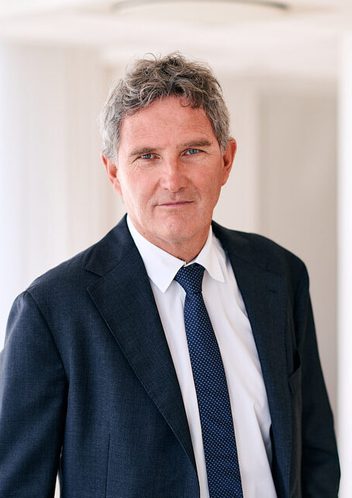
Partner
Oslo

Partner
Oslo

Partner
Oslo
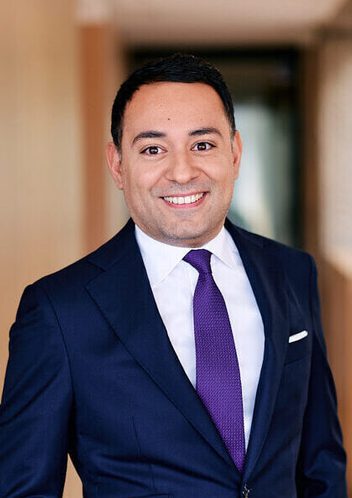
Partner
Stockholm
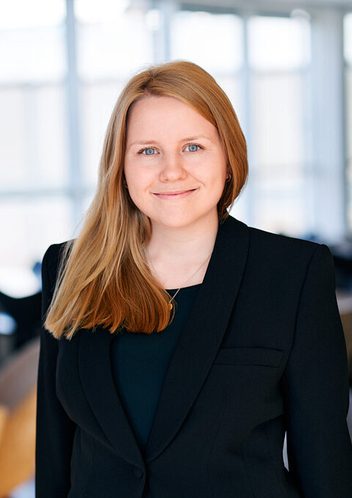
Senior Associate
Oslo
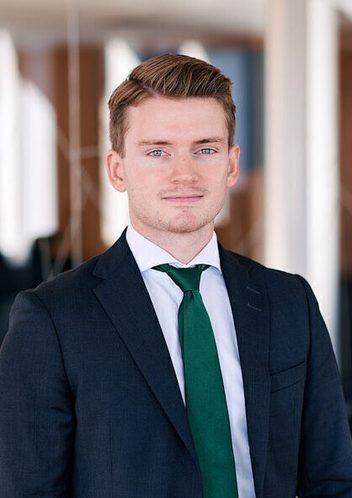
Senior Associate
Oslo

Associate
Stavanger
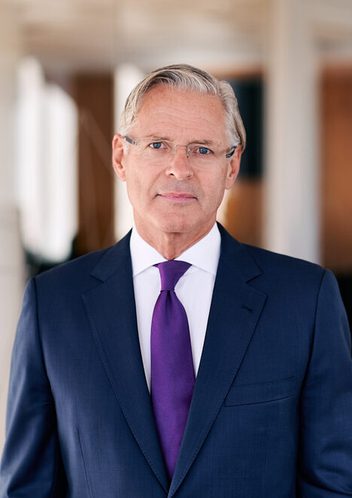
Partner
Oslo

Partner
Oslo
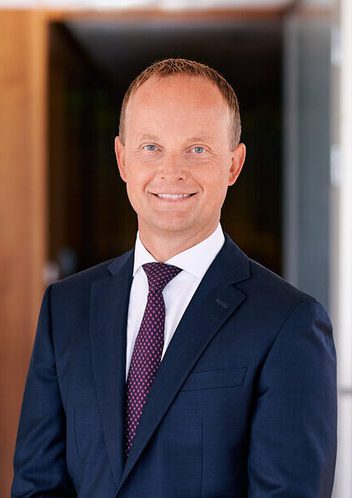
Partner
Oslo
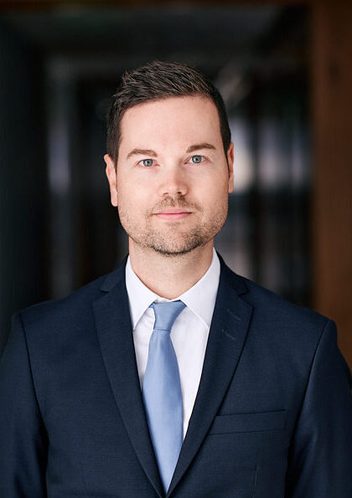
Partner
Oslo
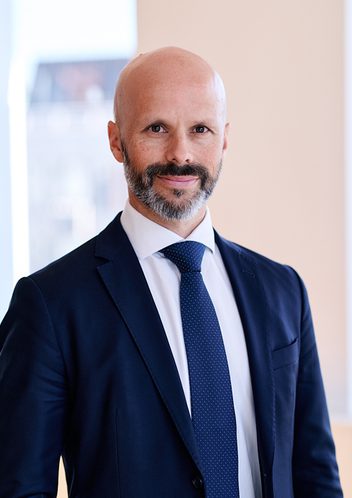
Partner
Oslo
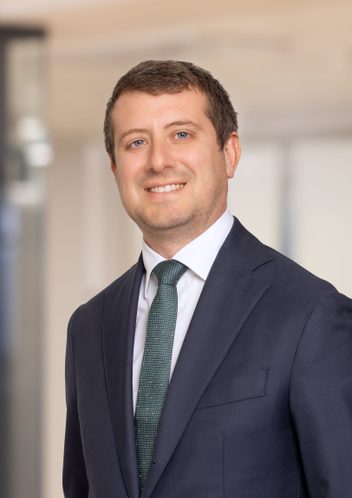
Managing Associate - Qualified as EEA lawyer
Oslo
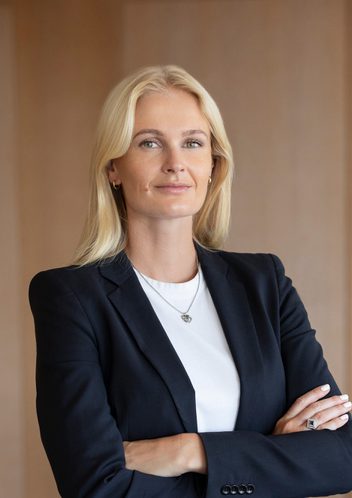
Senior Lawyer
Stockholm
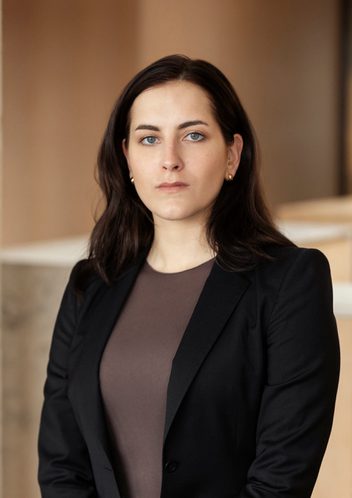
Senior Lawyer
Stockholm
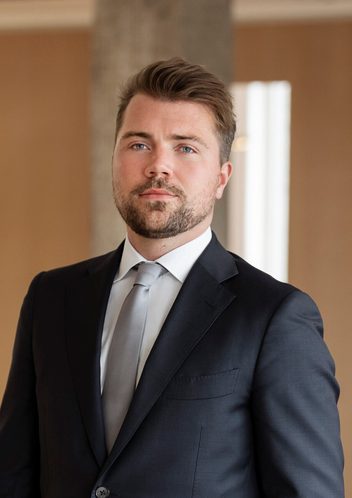
Associate
Stockholm

Associate
Oslo

Associate
Stockholm
